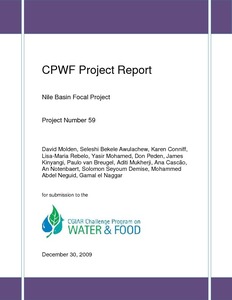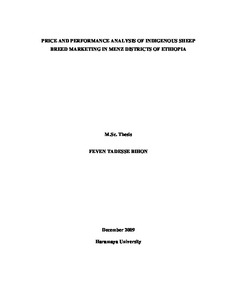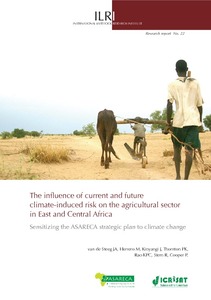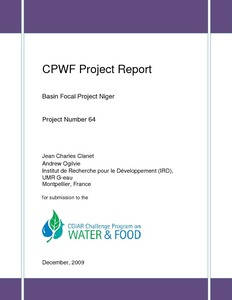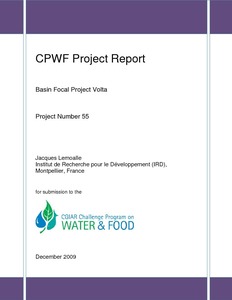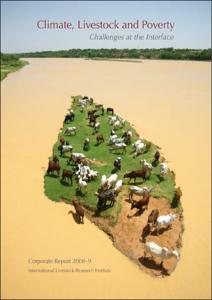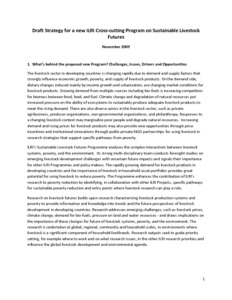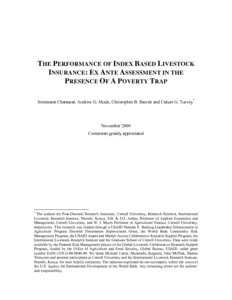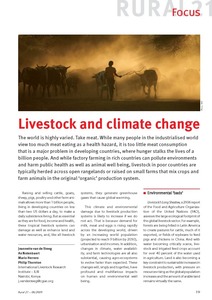Status of rangeland resources and strategies for improvements in Nepal.CAB Reviews
The livelihood of the Himalayan people depends on rangeland-based livestock farming in Nepal. Above 2500 m altitude, the contribution of rangelands to livestock feed supply is more than 65%. Rangeland comprises about 11.5% of the total land resources of Nepal and over 98% are located in high mountains and Himalayan regions. Nepal is rich in biodiversity, with over 6500 species of flowering plants, including 180 species of grasses and legumes.


